Masterpieces and Millions: A Look at the World's Most Expensive Works of Art
Redazione Art-Vibes | On 13, Giu 2024
The market value of great art masterpieces: the stories behind the sales of great paintings.
di Redazione Art Vibes
– Picture: Paul Gauguin, Nafea Faa Ipoipo? (detail), 1892, oil on canvas, 101 x 77 cm.
Art enthusiasts and collectors alike spend millions of dollars to acquire art pieces by the likes of Da Vinci and Picasso. The rarity and exclusivity, as well as the artists’ reputation and legacy, are what make these pieces of art so expensive.
To put it into perspective, you would need to win the lottery to acquire some of these pieces of art. And that’s excluding the Mona Lisa by Leonardo da Vinci, which was valued at $100 million in 1962. Today, the original painting is worth around 1 billion dollars due to inflation. What’s even surprising is the fact that the painting hasn’t been auctioned since it was acquired by the Louvre Museum in 1804.
With that in mind, below is a list of some of the world’s most expensive works of art sold in the recent past, excluding the Mona Lisa. Read on!
Masterpieces of art – The most expensive artworks
1.Salvator Mundi by Leonardo da Vinci
The famous Salvator Mundi, created by Leonardo da Vinci in 1500, is top of our list. This painting portrays Jesus Christ as the saviour of the world. Though the original painting was thought to be lost, it resurfaced around 2011-2012. It’s included in Leonardo’s work in London.
While many critics argue the painting has been enhanced, it was sold for $450.3 million to Badr bin Abdullah Al Saud at Christie New York in 2017.
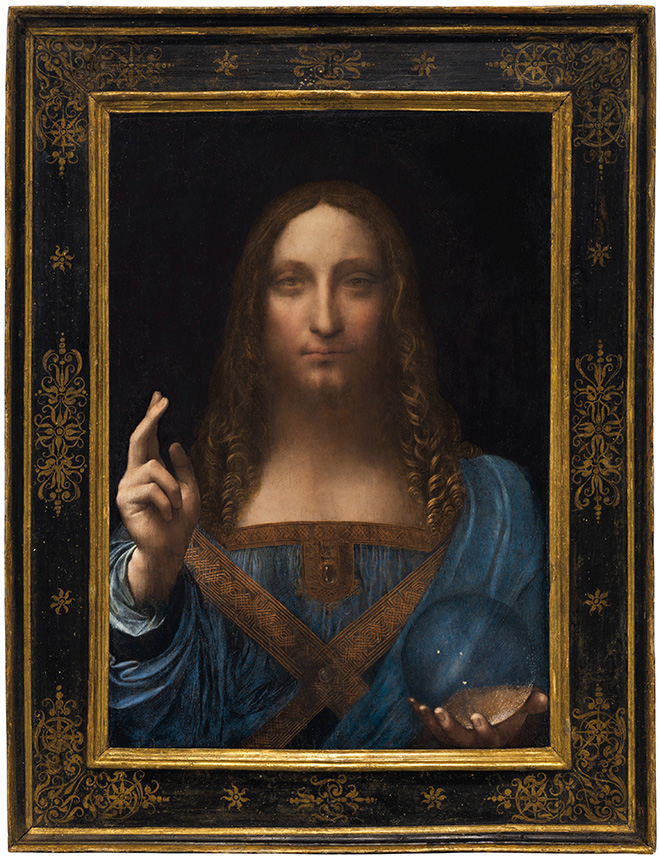
Leonardo da Vinci or Boltraffio (attrib) Salvator Mundi, circa 1500. image via: wikipedia.org
2. Interchange by Willem de Kooning
The Interchange is a vibrant abstract expressionist work characterised by bold colours and dynamic brushwork. It was created in 1955 by Willem de Kooning, a Dutch-American painter. The David Geffen Foundation sold this masterpiece to Kenneth Griffin for $300 million in 2015.
3. The Card Players by Paul Cézanne
The Card Players is a series of five paintings that depict Provencal peasants engrossed in their game. Each painting in the series varies in the number of players, size, and setting.
This work was done during the final years of Paul Cézanne and is his most acclaimed work. The painting was sold to the Qatar government by George Embiricos for $250 million in 2011.
4. When Will You Marry? (Nafea faa ipoipo?) by Paul Gauguin
Paul Gauguin painted this piece of art during his first visit to Tahiti. It captures the exotic allure and cultural mystique that Gauguin sought in his works.
The vibrant and enigmatic oil painting created in 1892 was bought by the state of Qatar for $210 million from Rudolf Staechelin’s heirs in a private sale in 2014.

Paul Gauguin, Nafea Faa Ipoipo?, 1892, oil on canvas, 101 x 77 cm. image via: en.wikipedia.org
5. Les Femmes D’alger (Version O) By Pablo Picasso
Pablo Picasso painted this painting in 1955. It is part of a series that pays homage to the French artist Eugène Delacroix.
It’s a vibrant and intricate work that captures the essence of Picasso’s mature style, blending cubism with bold use of colour and form. The former Qatari prime minister bought it at Christie’s New York for $179.4 million.
6. Pendant Portraits of Maerten Soolmans and Oopjen Coppit by Rembrandt
These two paintings were painted by Rembrandt, a Dutch artist from the 17th century. Rembrandt is renowned for his versatile painting style and subject matter.
The pendant portraits of Maerten Soolmans and Oopjen Coppit are images of the two during their wedding in 1634. The paintings were formerly owned by the Rothschild family but sold jointly to Rijksmuseum and Louvre Museum for $180 million in 2016.
7. Water Serpents II, (Wasserschlangen II) by Gustav Klimt
The Wasserschlangen II is Gustav Klimt’s most expensive work. It acquired this title after being sold to Russian billionaire Dmitry Rybolovlev in 2013 for $183.8 million.
These paintings, which feature four water nymphs, have several interpretations, one of which is lesbian relationships. According to experts, Klimt portrayed these women as mythical figures because same-sex relationships were forbidden at the time.
8. (Violet, Green and Red) by Mark Rothko
No. 6 (Violet, Green, and Red) was painted in 1951 by Mark Rothko. This piece of art epitomises his approach to colour field painting, where the emotional impact of colour takes precedence. It exudes a powerful, meditative quality through its vast expanses of colour.
The painting was sold to Dmitry Rybolovlev for $186 million in 2014. However, there are rumours it was recently sold to Ken Griffin for an unknown amount through a private sale.
9. The Standard-Bearer by Rembrandt
The standard bearer is a self-portrait by Rembrandt. It was painted in 1636 and was previously owned by the Rothschild family since 1844.
It was sold to the Netherlands in 2022 for $198 million. Before the sale, the Louvre Museum attempted to acquire it but failed to raise enough funds.
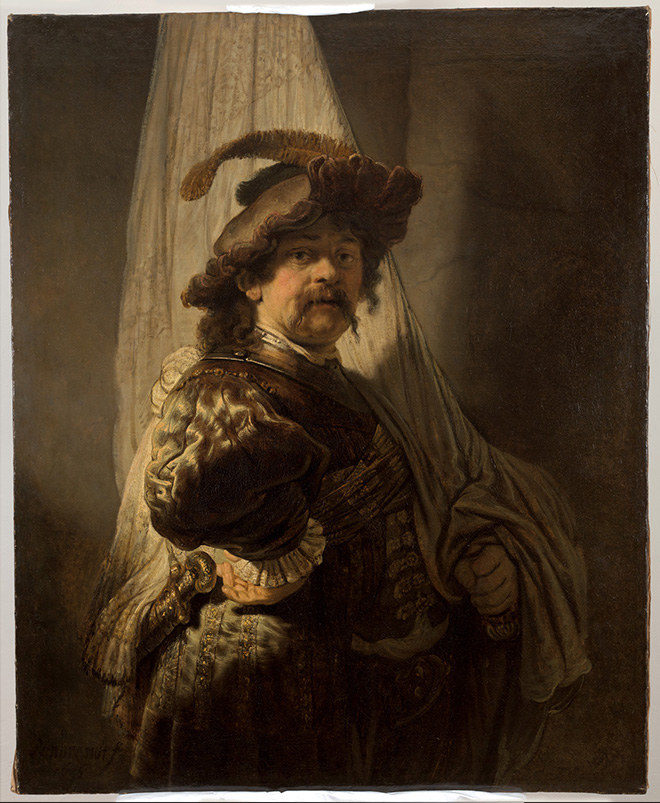
Rembrandt – De vaandeldrager, 1635. image via: en.wikipedia.org
10. Number 17A by Jackson Pollock
Number 17A is a quintessential example of Jackson Pollock’s drip painting technique. It captures the chaotic yet harmonious essence of abstract expressionism.
The painting was created in 1948, a year after he went public with his drip technique. As of 2024, Number 17A is owned by Kenneth Griffin after he purchased it for $200 million in 2015 from David Geffen in a private sale in 2015.
Conclusions
Each of the masterpieces discussed above is unique in its own right. They represent the pinnacle of artistic achievement and the extraordinary sums collectors are willing to pay to own a piece of their illustrious history.

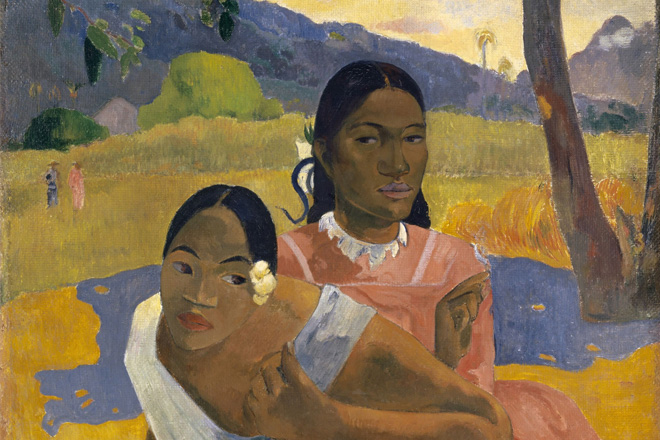
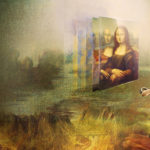
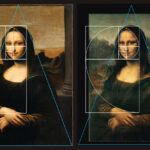































Submit a Comment